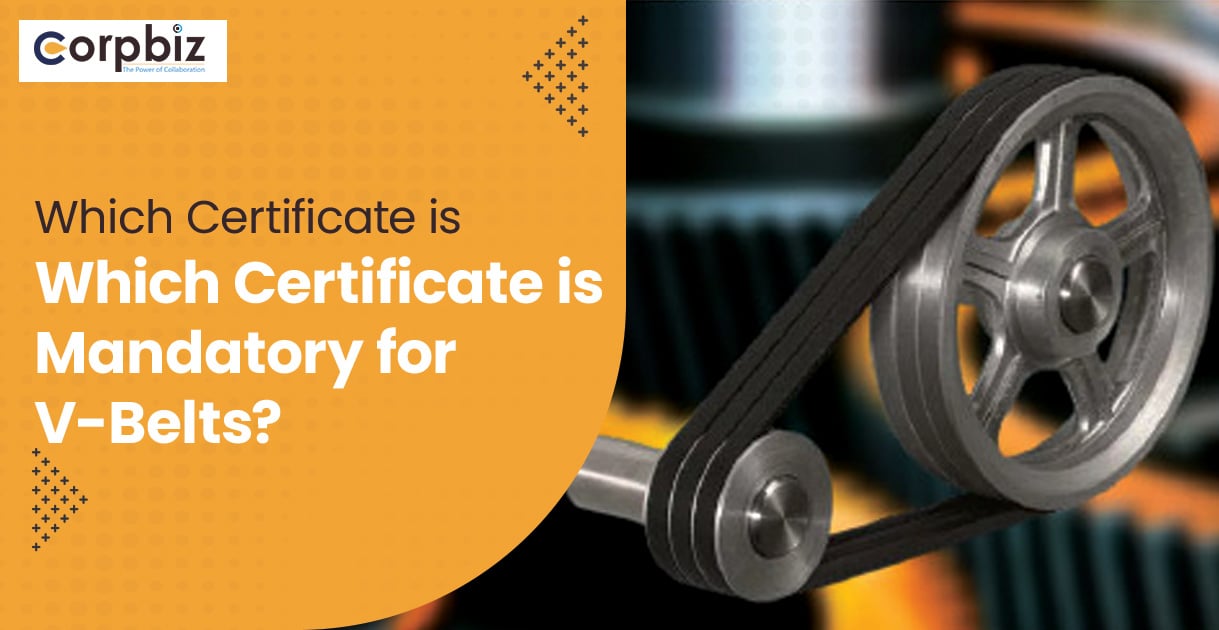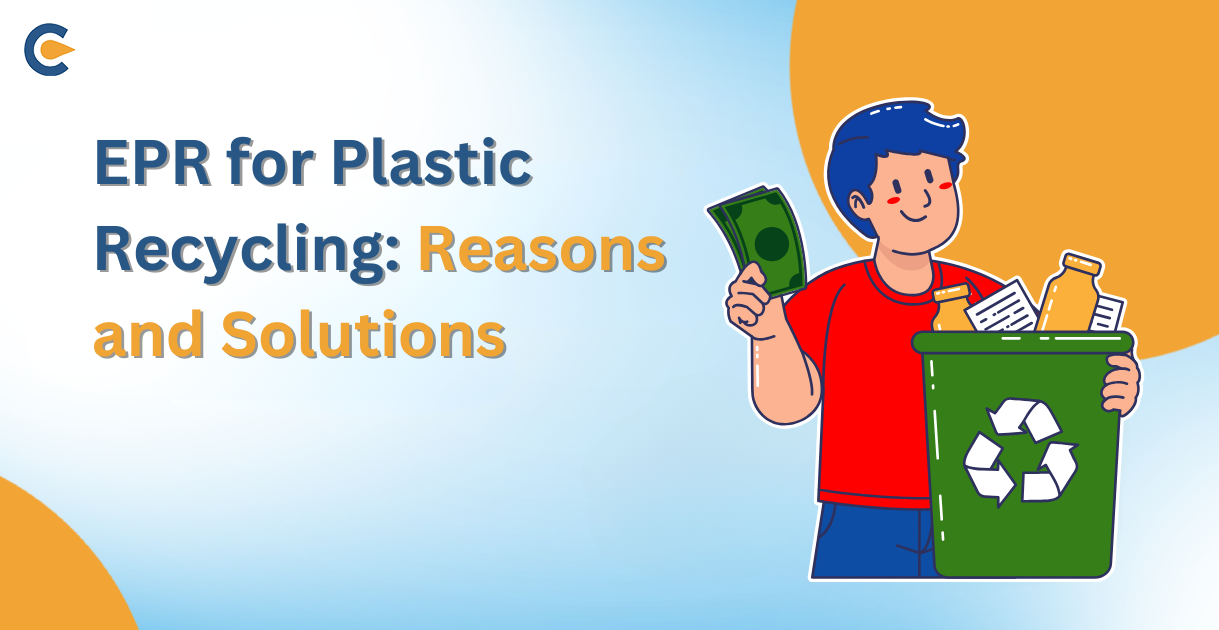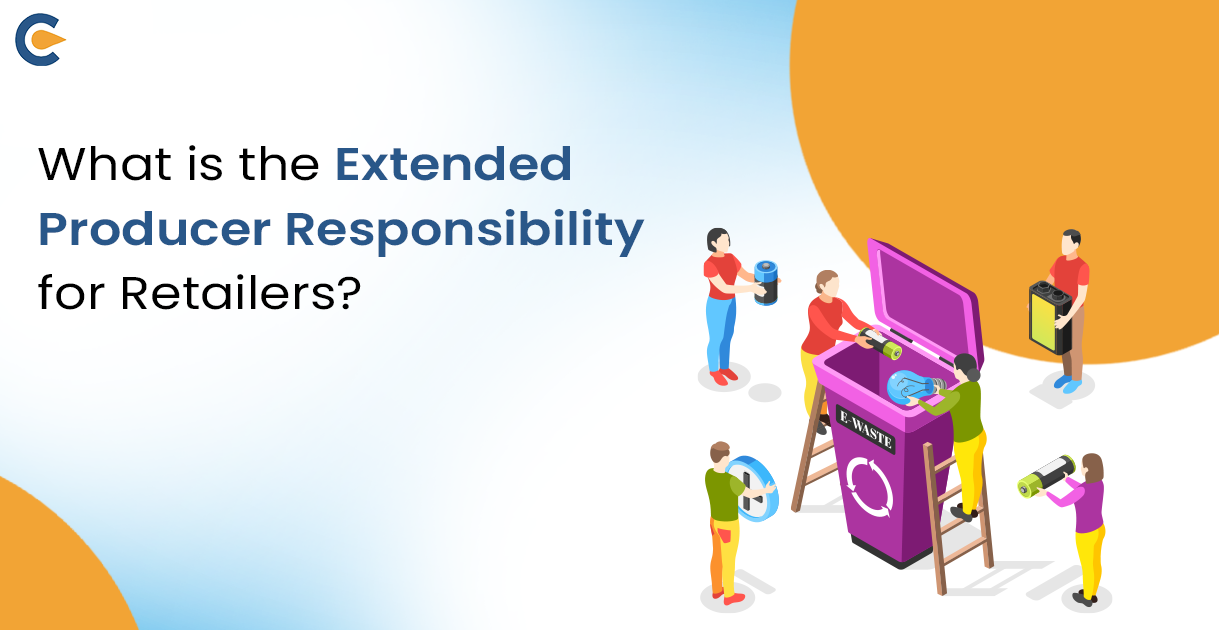Electronic waste, commonly known as e-waste, refers to electronic devices that are thrown away. With the rapid development in technology and increasing consumer demand, e-waste is in the spotlight. Finding a method preferable for E-waste disposal is extremely crucial since it contains hazardous elements that can be harmful to the environment and human health.
The blog discusses various methodologies involved in e-waste disposal, the legal status governing such practices, and several strategies on how to deal with e-waste properly.
Understanding Electronic Waste in Short
Electronic waste, or E-waste, consists of computers, mobile phones, televisions, refrigerators, and other electronics that have reached their end of life. These devices are found to harbour many toxic substances, such as mercury, cadmium, and chromium. If e-waste is not properly disposed of, it can introduce these toxins into the environment, leading to pollution of soil and water.
Furthermore, having contact with such toxins significantly affects human health, which manifests in diseases including respiratory complications like asthma and bronchitis, as well as damage to the nervous system and cancerous conditions can also be developed. Hence, it is important to find methods that are preferable for e-waste disposal.
Recycling of E-waste Disposal is the Need of the Time
Recycling is one of the mechanisms widely employed in e-waste management processes. It involves collecting e-waste, dismantling and recycling various forms of waste, and extracting valuable materials from waste products. Recycling has beneficial impacts on natural resource conservation, decreases pollution rates, and contributes to the decrease in the number of wastes disposed of at landfills.
- Process: Collection and transportation of the e-waste to recycling plants where it is sorted out and dismantled. Separating materials such as metals, plastics, and glass so they can be re-extracted thereafter hazardous substances are managed before disposal.
- Benefits: Recycling lowers the number of raw materials required, cuts down emissions of greenhouse gases, and helps avoid pollution of the environment. It also leads to employment in recycling centres and other industries involved with recycling projects.
- Challenges: Successful recycling is a technology and infrastructure-intensive process. There are also problems in the informal sector of recyclers that dominate this activity, especially in developing countries, with dangerous working conditions and environmental harm.
Reuse and Refurbish
Reuse and redeveloping are about electronic products that are used beyond their normal life expectancy through fixing them or improving them. This method is highly sustainable because it would make people buy fewer new things and produce less waste.
Procedure: Devices are examined and tested; necessary functional parts are repaired or replaced with new ones. After that, they can be distributed in the form of Refurbished products.
Advantages: Reuse and refurbishment help to lower e-waste generation and conserve resources while making technology more affordable.
Difficulties: Some markets for refurbished items may not exist, as consumers usually prefer brand-new models. Besides, some of these devices may be inappropriate for recycling due to technological obsolescence or damage.
Landfilling and Incineration
Landfilling and incineration are the ways of disposing of wastes, including e-waste, that have been used since time immemorial. However, these methods today stand as less preferable methods primarily due to their negative impact on the environment.
Landfilling: it is a process where E-waste is buried in the soil or ground. It has the potential of leaching hazardous substances into soils even though being a cheap process.
Incineration: Incineration refers to the process of burning e-waste at high temperatures. This does reduce waste volume, but it releases very harmful, toxic fumes and pollutants into the atmosphere, thus causing air pollution and having a negative impact on health.
Extended Producer Responsibility (EPR)
Extended Producer Responsibility (EPR) is a policy approach by which producers bear responsibility for the whole life cycle of products, including the end-of-life disposal stage. EPR registration is a mandatory thing for businesses involved in e-waste disposal and other environmental businesses.
Concept: Producers are to take back their products after consumer use and ensure they are disposed of or recycled properly. This encourages manufacturers to design products that are easier to recycle and contain fewer hazardous materials.
Implementation: The EPR programs can be either voluntary or mandatory. Some countries are actively implementing successful EPR schemes that have greatly improved e-waste management.
Effectiveness: EPR shifts responsibility from the consumer to the producer, resulting in better waste management and stimulating sustainable product design.
Legal Status of E-waste Disposal in India
E-waste (Management)Amendment Rules, 2024
The Ministry of Environment, Forest, and Climate Change has introduced the E-waste (Management)Amendment Rules, 2024, to refine the existing e-waste management regulations. This amendment made significant moves towards making improvements in e-waste management in India.
The amendment added clarity to definitions, flexibility in compliance, and a regulated platform for exchanges of EPR certificates, thereby striving towards an efficient and more transparent e-waste management system.
The stakeholders throughout the e-waste management chain have to be prepared so that they can happily accept such constraints to contribute continuously towards environmental sustainability.
If an individual wishes to commence an e-waste recycling business in India, registering for e-waste recycling authorization is crucial.
International Regulation
The Basel Convention on the Control of Transboundary Movements of Hazardous Wastes and Their Disposal is actually the most important international treaty for the export of hazardous wastes, including e-waste, and its importation to any country. The Basel Convention aims to reduce the transboundary movement of hazardous wastes and ensure that such wastes are managed in an environmentally sound manner.
Choose Best Method Preferable for E-waste Disposal
One of the major operations that can ensure effective e-waste management is raising public awareness of the need to get rid of e-waste in an appropriate manner.
It is possible through educational campaigns to raise consumer awareness about the environmental and health impacts of e-waste and encourage responsible disposal practices.
Awareness Campaigns
Awareness Campaigns should be organized at various levels, from awareness programs on social media and in schools to community activities and participation through media. They provide information regarding e-waste recycling, collection centres’ whereabouts, and the benefits accruable from proper e-waste disposal.
Disposal Practices Impacts
An increased awareness can yield better results in terms of increased participation in recycling programs and responsible consumer behavior. The more aware the consumer is, the better he tends to make decisions regarding friendly environmental means for disposal.
Corporate Responsibility
Companies have a very significant contribution to the management of e-waste through embracing sustainable practices and ensuring that their products are disposed of in a responsible manner.
- Corporate E-waste Management: Companies produce a lot of e-waste, mainly from old computers, printers, and other outdated office equipment. Therefore, corporate e-waste management programs can significantly contribute to reducing the generation of waste and increasing the amount being recycled.
Government Policies and Incentives
Government policies and incentives have a huge potential to alter the practices in e-waste management.
- Effective Policies: Governments can implement policies requiring manufacturers to take back their products, set recycling targets, and even ban landfilling of e-waste. Policies are also needed to force the use of environmentally friendly materials for electronic products.
- Incentives: Companies ready to invest in infrastructure related to e-waste recycling and management may be provided with financial incentives in the form of tax breaks, grants, and subsidies. Deposit-refund schemes and trade-in programmes can also motivate consumers to recycle e-waste.
Conclusion
Proper e-waste disposal will protect the environment and health of human beings. Among various methods, the most viable are through recycling, reuse, and Extended Producer Responsibility. This will only succeed when consumers, companies, and governments all combine their efforts. Creating awareness, establishing good regulations, and promotion business accountability are necessities that must be addressed to make correct steps towards the management of e-waste and driving society towards a cleaner and healthier future.
It is imperative to choose the preferable method for e-waste disposal that answers to sustainable development and environmental protection. Ensure that the e-waste is managed responsibly, and let us all be contributors to a greener planet.
Frequently Asked Questions
What is e-waste?
E-waste simply refers to electronic waste, and it ranges from computers and mobile phones to appliances and many other items that are classified as hazardous due to having unsafe elements such as lead and mercury.
Why proper e-waste disposal is crucial?
Proper e-waste disposal is important in preventing hazardous substances that might pollute the environment, posing serious health risks and causing environmental degradation.
Which are the most preferable methods for e-waste disposal?
Methods that are most preferable for e-waste disposal include recycling, reuse and refurbish, and extended producer’s responsibility. All these methodologies reduce waste, conserve resources, and have less environmental impacts.
In what way does recycling assist in the disbursement of electronic waste?
This is the act of assembling e-waste and sorting out the various metals, plastics and other vital materials in the wastes. This lessens the pressure on raw material needs, cuts on pollution, and encourages proper usage of available resources.
Why should landfilling or incineration be least preferred for e-waste disposal?
These may lead to soil, water, and air pollution, because landfills and incinerators are concerned with the release of dangerous substances into the environment. They are less sustainable compared with the other methods preferable for E-waste disposal.
What is the current Indian law concerning e-waste disposal?
E-waste Management Amendment Rules of 2024 regulate e-waste management in India enhancing better results to recycling that emphasize clear concepts and compliance in the entire chain for e-waste management.
Why is awareness among the people about e-waste disposal necessary?
Awareness creation on the effects of e-waste on the environment and health, together with information on proper disposal methods increases the participation in e-waste recycling and reduces the rates of improper disposal.
Why should companies take responsibility for e-waste management?
Companies generate a lot of e-waste from dated office equipment. These programs can aid to a large extent in taming the generation of wastes, enhancing the rate of recycling, and promoting the message of sustainable business.
Read our article: A Guide On EPR Registration For E-Waste Producers











